 Dear Betty,
Dear Betty,
I’m at my wit’s end! I can’t tell you how often my members tell me they don’t know the dates of our conference, had no idea our Board elections were coming up, didn’t see our call for volunteers, didn’t know that we had a career center, have never heard that we have chapters, and the like. I could swear we’ve mentioned all these things many times. How do we get our members to read the communications we send out? What can we do to improve our communication with them?
– Rachael Hodgen, Membership Support and Technical Assistant, National Association of Consumer Bankruptcy Attorneys
Gentle Reader,
Ah, the traditional lament of the association membership professional: “My members don’t read!” Raise your hand if you’ve heard this.
Now raise your hand if you’ve SAID this. (Everyone’s hands should be up by now.) And we can all also relate to hearing, “I didn’t know you did X! I really need that!” from our members…ALL THE TIME.
OK, so we’ve all been complaining about this for years. Our members have no idea what we offer them and what we’re doing to educate them isn’t working.
What do we do to fix it?
Many organizations, in an attempt to be all things to all people (or due to the temptation of all that tasty, tasty non-dues revenue), have larded up our membership “benefits” with so much tangential ‘stuff’ that our members can’t focus on the stuff that will actually help them fix their professional problems. Not to single out a particular industry, but while royalty revenue from your credit card program is nice, is it worth losing your members’ attention over the things that really matter to them and to you? Oh, and ONE call to action per communication, please. If you ask them to do too many things at once, the Paradox of Choice tells us they’ll likely choose to do nothing.
Inside Voice. How much do your members need to know about the internal workings and arrangement of your association to find stuff? If the answer isn’t “zero,” you need to rethink how you present information. Your members don’t care that the professional liability insurance you offer them lives in your financial services department, which they have to access under Member Services –> Other Services –> Affinity Programs. What does “affinity program” even mean to someone who’s not an association professional?
Spray-n-Pray. Are you targeting the particular needs of particular members, or are you still broadcasting everything to everyone? Holding a workshop on marketing? Why are you sending a thousand “come to our workshop” messages to your member companies, finance directors? They’re tuning you out, and the next time you release an operating ratios report for your industry, they aren’t going to be listening. “But our members don’t share their interests…” “But our AMS makes tracking demographics hard…” “But our bulk mail client doesn’t easily support segmentation…” No buts. Learn what your members are interested in AS INDIVIDUALS, track it, and target them appropriately.
Push versus Pull. As we all know by now, one of the key differences to social media is that it’s a PULL mechanism. That means people become subjects who pull the information they want them on their schedules. Our models are built on treating members as objects who passively receive the information we push out on our schedules. And while virtually all associations are using social media now, we haven’t changed our mindset. We’re still using these platforms as push marketing outlets. Which is, to say the least, missing the point.
So focus on what your members think is important, have one clear call to action, talk to them in their language and only about what they’re interested in, and in the places they want to go, and watch your communications turn into a two-way conversation they actually WANT to participate in!
What about you, Gentle Readers? What other suggestions do you have for Rachael to help her member conversations shine?
The “Dear Betty” column appears twice a month on the Small Staff – Big Impact blog. Have an association membership or marketing question for Betty? E-mail and your question could be featured!

 We are a 109-year-old organization and, while our members are not quite THAT old, they are aging and, as a result, our membership growth has stagnated. With the renewed interest in genealogy due to some recent popular television shows, we think we have an opportunity to reach out to a younger, more tech-savvy crowd. How do we get them to visit our website and maybe even join?
We are a 109-year-old organization and, while our members are not quite THAT old, they are aging and, as a result, our membership growth has stagnated. With the renewed interest in genealogy due to some recent popular television shows, we think we have an opportunity to reach out to a younger, more tech-savvy crowd. How do we get them to visit our website and maybe even join?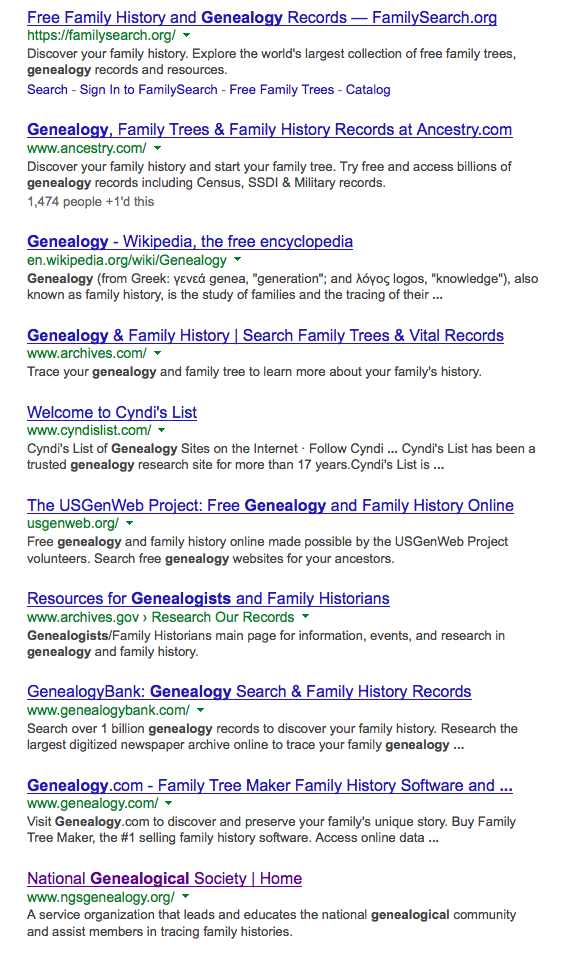







 Communication skills are important to all aspects of life, including work. It doesn’t matter if your expertise is in political science, economics or journalism – everyone needs to be able to communicate. This means anyone within your organization can be tapped to work on your organization’s social media campaign.
Communication skills are important to all aspects of life, including work. It doesn’t matter if your expertise is in political science, economics or journalism – everyone needs to be able to communicate. This means anyone within your organization can be tapped to work on your organization’s social media campaign.

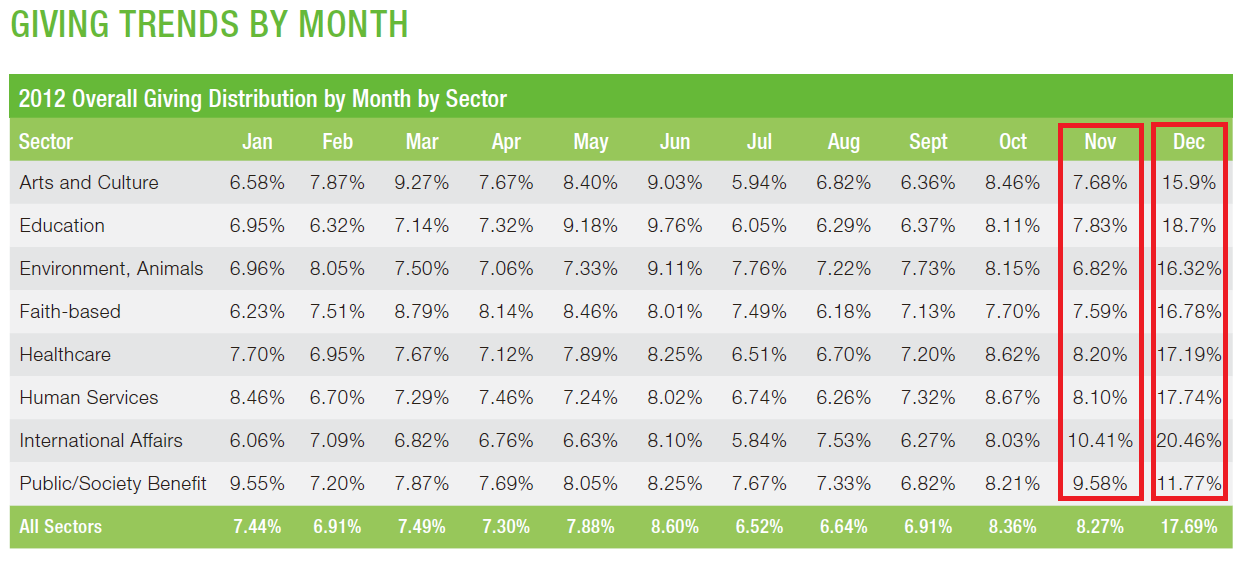
 Dear Betty:
Dear Betty:
 Sure you’ve heard of it, but what exactly is a press release? What is its purpose and how do you write one? How do you go about distributing this document once it’s been written? These questions are all going to be answered over the course of my next few posts.
Sure you’ve heard of it, but what exactly is a press release? What is its purpose and how do you write one? How do you go about distributing this document once it’s been written? These questions are all going to be answered over the course of my next few posts.
 Dear Betty,
Dear Betty, I wanted to bring back a popular topic that all associations, not only small staff ones, face. We originally addressed it
I wanted to bring back a popular topic that all associations, not only small staff ones, face. We originally addressed it  Dear Betty:
Dear Betty: The
The 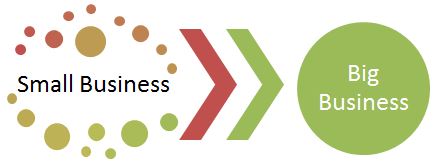

 Dear Betty: Fall always makes me think of back to school, school supplies, and learning new things. What do I need to add to my marketing backpack for success this fall?
Dear Betty: Fall always makes me think of back to school, school supplies, and learning new things. What do I need to add to my marketing backpack for success this fall?
 Gentle Reader:
Gentle Reader: Dear Betty: The ALS Ice Bucket Challenge has raised over $100 MILLION to date for the ALS Association. Why didn’t we think of that?!? I know we can’t just copy it outright, but is there anything associations can learn from the phenomenal success of this viral campaign?
Dear Betty: The ALS Ice Bucket Challenge has raised over $100 MILLION to date for the ALS Association. Why didn’t we think of that?!? I know we can’t just copy it outright, but is there anything associations can learn from the phenomenal success of this viral campaign?

 Scanning a list of the
Scanning a list of the 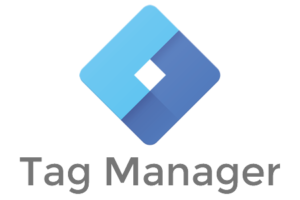 Is your organization’s website performance aligned with your business goals? Without properly leveraging your website’s data, it is difficult to know how you can improve your web presence and improve your users’ experience. We recommend using Google Analytics, a powerful free web analytics service, to track and report your website traffic.
Is your organization’s website performance aligned with your business goals? Without properly leveraging your website’s data, it is difficult to know how you can improve your web presence and improve your users’ experience. We recommend using Google Analytics, a powerful free web analytics service, to track and report your website traffic.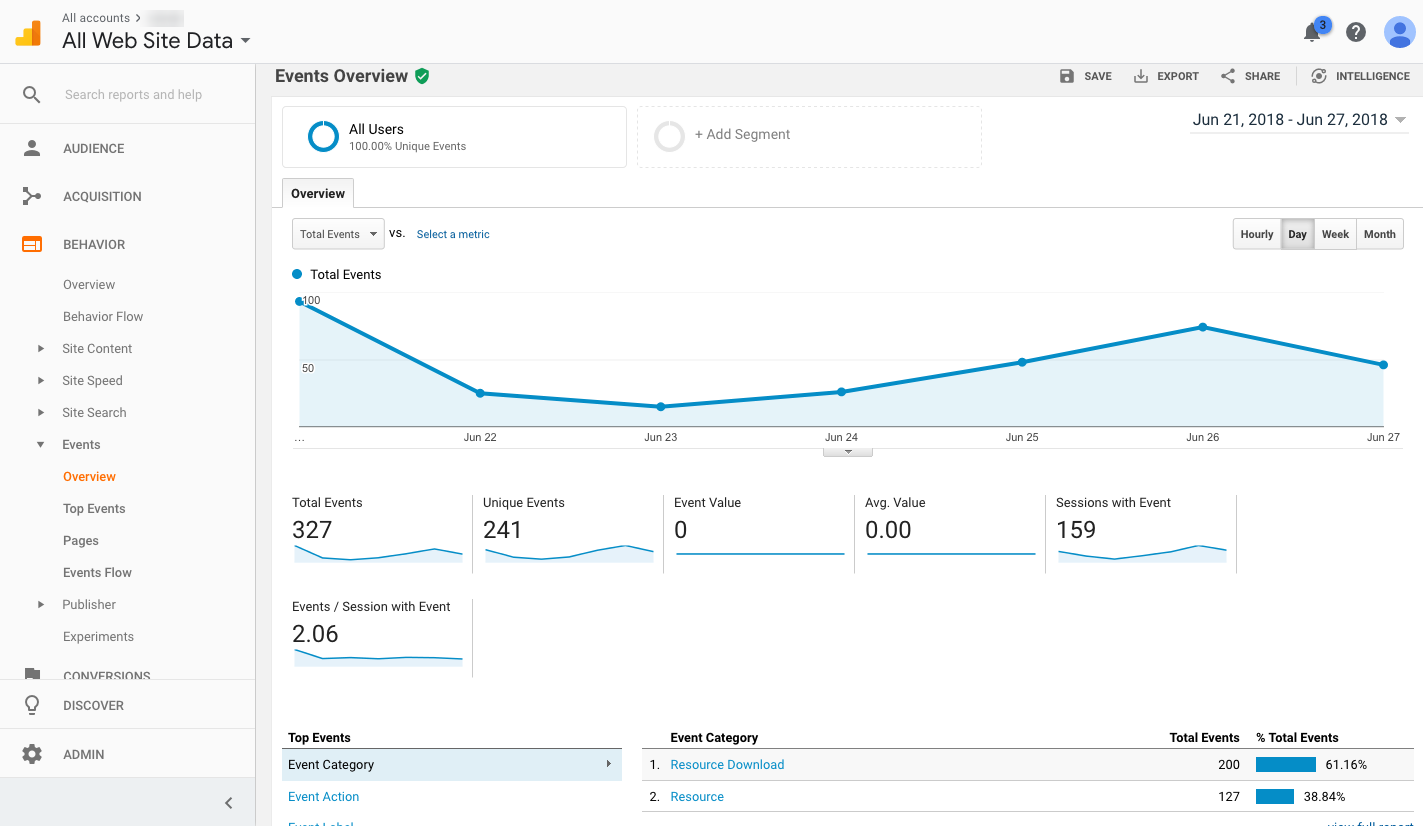


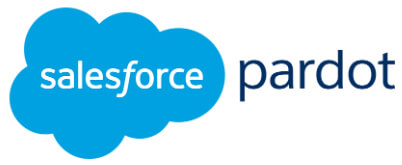
 On February 4, 2020, Google Chrome is changing the security around the use of third-party cookies. First of all, what are third-party cookies? A cookie is considered third-party if it has a different domain from the main website. For example, if the domain is “fusionSpan.com” and Pardot (a marketing automation tool) is using a cookie to track website visits, that cookie would be considered a third-party cookie since it was set by Pardot, a “third-party.” Third-party cookies may also be stored as a result of a user’s interaction with chatbots, buttons, forms, etc.
On February 4, 2020, Google Chrome is changing the security around the use of third-party cookies. First of all, what are third-party cookies? A cookie is considered third-party if it has a different domain from the main website. For example, if the domain is “fusionSpan.com” and Pardot (a marketing automation tool) is using a cookie to track website visits, that cookie would be considered a third-party cookie since it was set by Pardot, a “third-party.” Third-party cookies may also be stored as a result of a user’s interaction with chatbots, buttons, forms, etc.
 If you have ever worked with me on a marketing automation implementation, you probably heard me say, “I am not your association’s lawyer, but my understanding of CAN-SPAM is…” I started using this line after being asked by multiple clients what they should do, which prompted Becky Breeden, our Director of Digital Strategy, to remind me that I am indeed not a lawyer. (I was the classic STEM, not liberal arts, student.) Legal compliance is not my wheelhouse, but I do engage with clients on how to implement email preferences based on their understanding of the laws.
If you have ever worked with me on a marketing automation implementation, you probably heard me say, “I am not your association’s lawyer, but my understanding of CAN-SPAM is…” I started using this line after being asked by multiple clients what they should do, which prompted Becky Breeden, our Director of Digital Strategy, to remind me that I am indeed not a lawyer. (I was the classic STEM, not liberal arts, student.) Legal compliance is not my wheelhouse, but I do engage with clients on how to implement email preferences based on their understanding of the laws. One key way to limit the number of unsubscribe alls is to include a link to manage email preferences. By using these email preferences you are then able to create segmented lists so you are delivering relevant content to your members. When members see that you tailor content based on their preferences, then they are more likely to be engaged and stay subscribed to your email marketing efforts. There are plenty of useful statistics out there related to ROI on segmentation, but the gist is that segmentation is extremely important, and self-selected email preferences is data directly from your member.
One key way to limit the number of unsubscribe alls is to include a link to manage email preferences. By using these email preferences you are then able to create segmented lists so you are delivering relevant content to your members. When members see that you tailor content based on their preferences, then they are more likely to be engaged and stay subscribed to your email marketing efforts. There are plenty of useful statistics out there related to ROI on segmentation, but the gist is that segmentation is extremely important, and self-selected email preferences is data directly from your member.
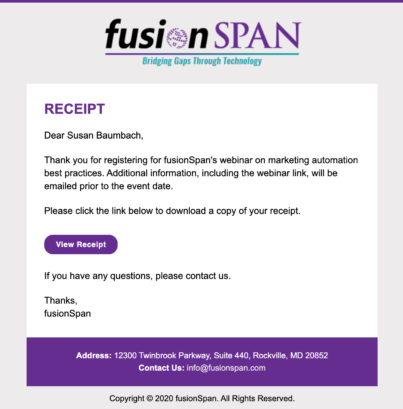
 Your legacy marketing system holds a wealth of information about how your members and prospects have interacted with your organization in the past. At the most basic level you know which contacts are subscribed or unsubscribed from receiving your emails. At a deeper level, you may know who opens up emails related to events versus educational opportunities. This behavioral information can be aggregated and added to the new system so you do not have to start from scratch.
Your legacy marketing system holds a wealth of information about how your members and prospects have interacted with your organization in the past. At the most basic level you know which contacts are subscribed or unsubscribed from receiving your emails. At a deeper level, you may know who opens up emails related to events versus educational opportunities. This behavioral information can be aggregated and added to the new system so you do not have to start from scratch.
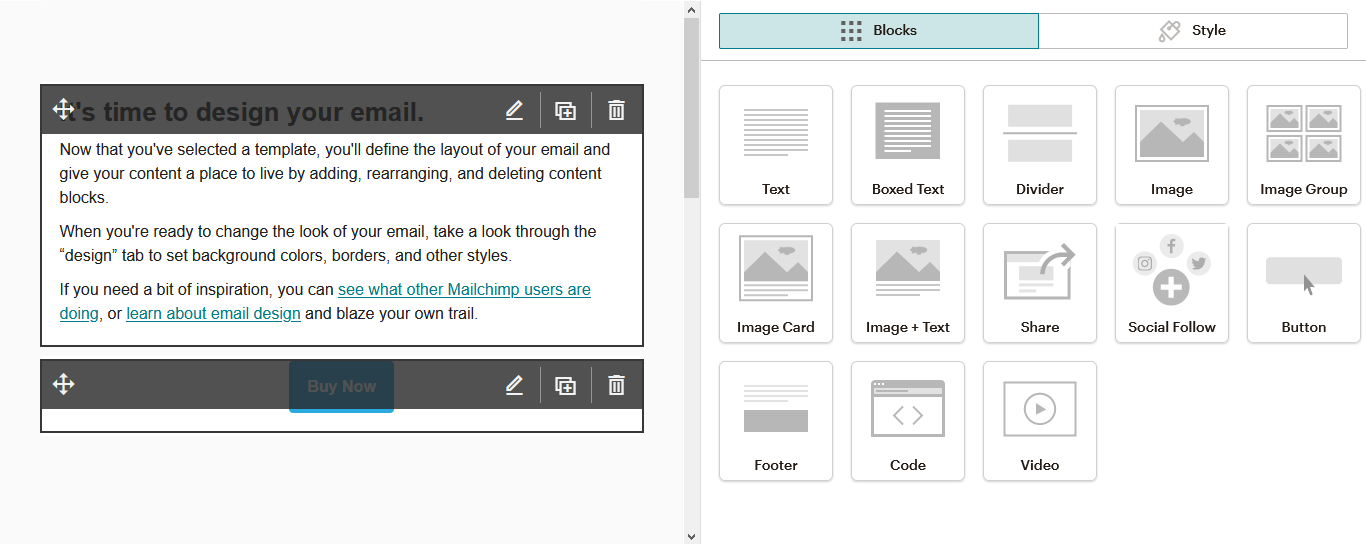
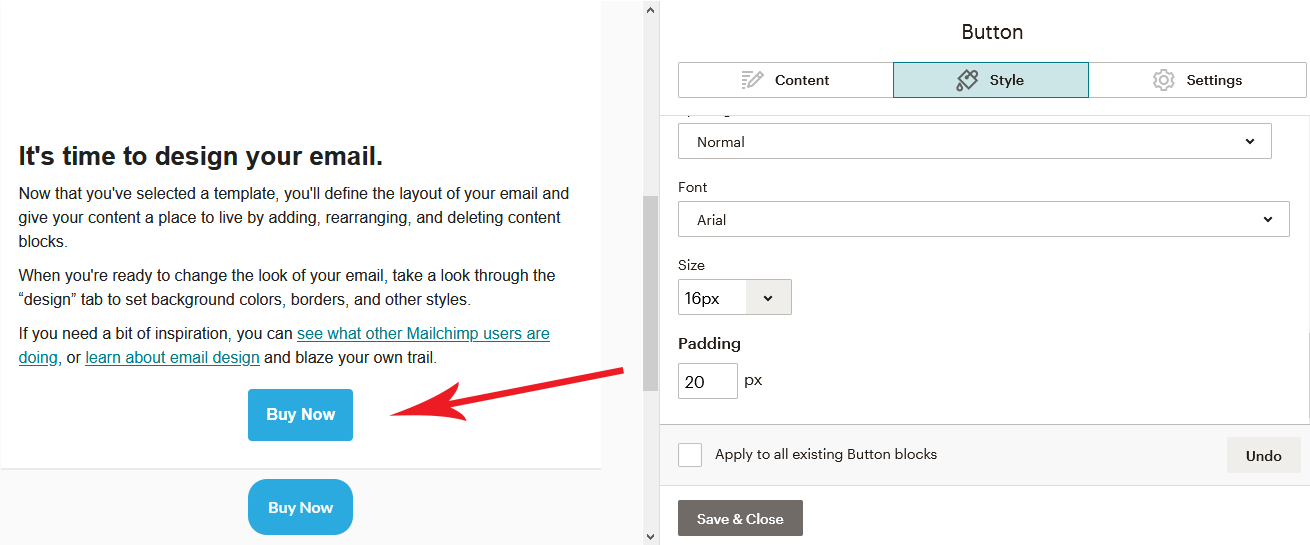
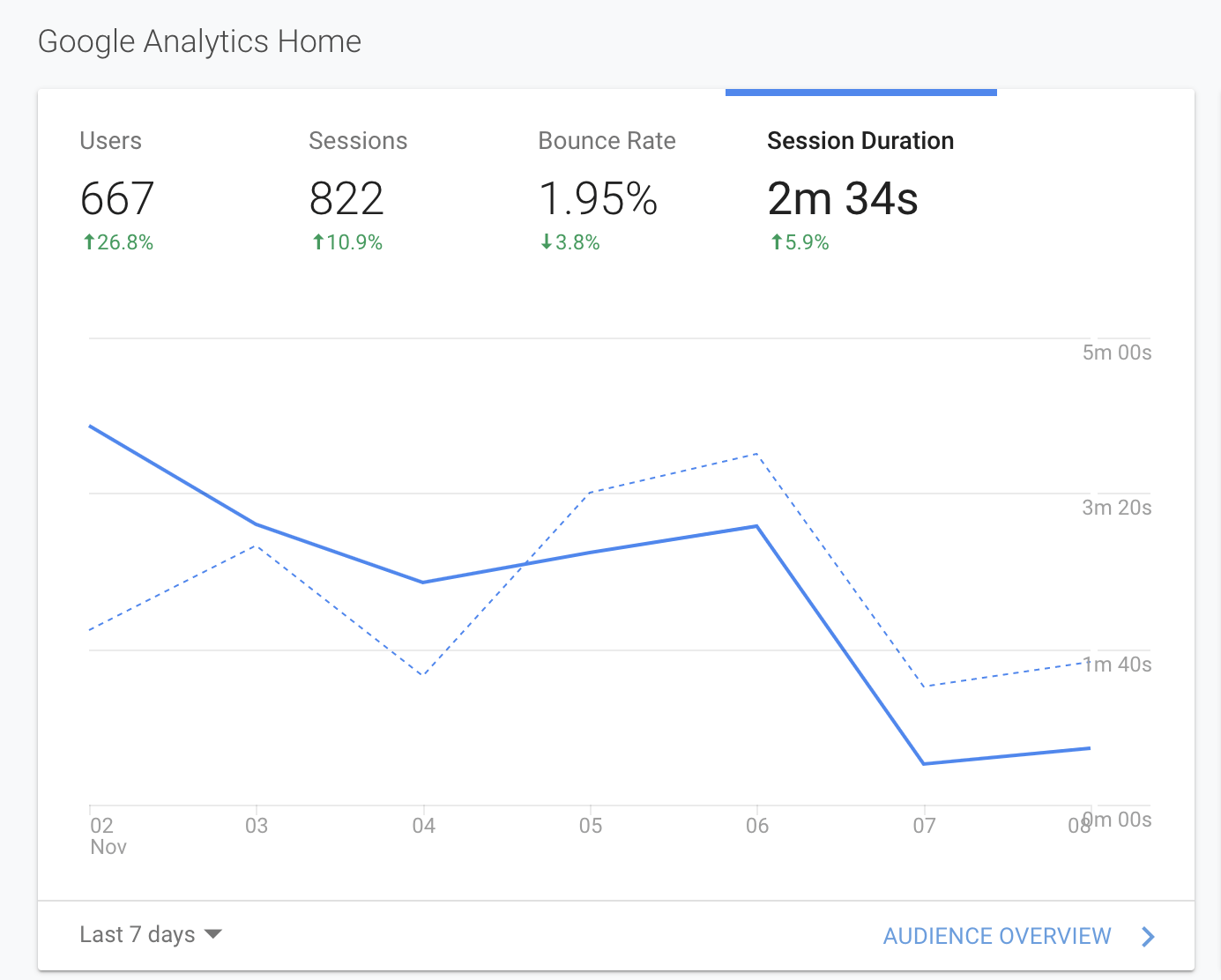

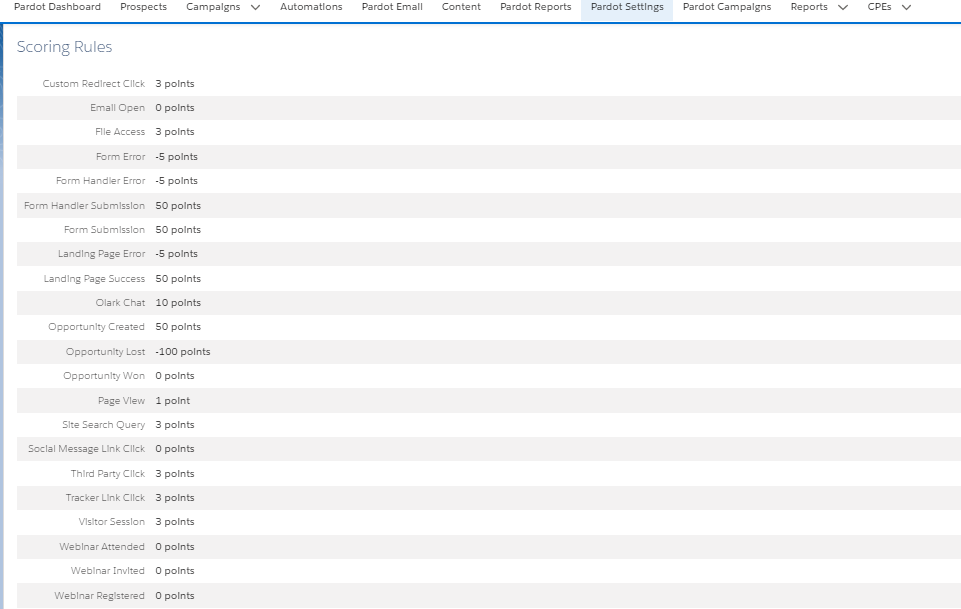
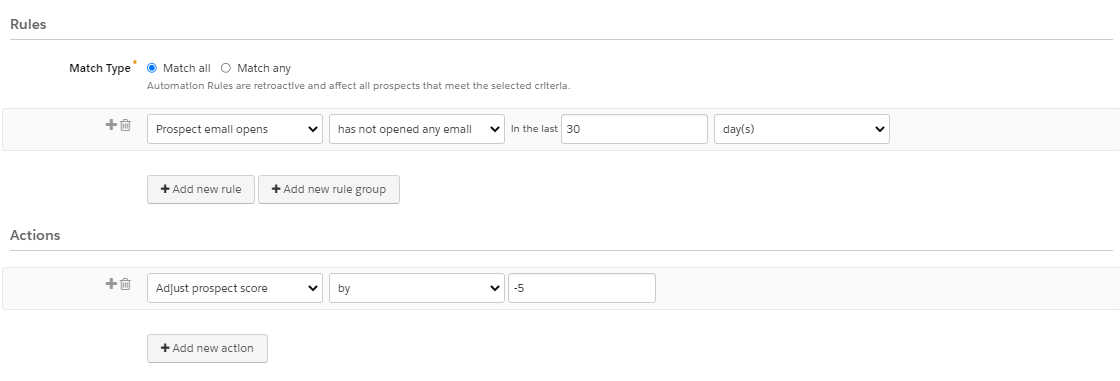

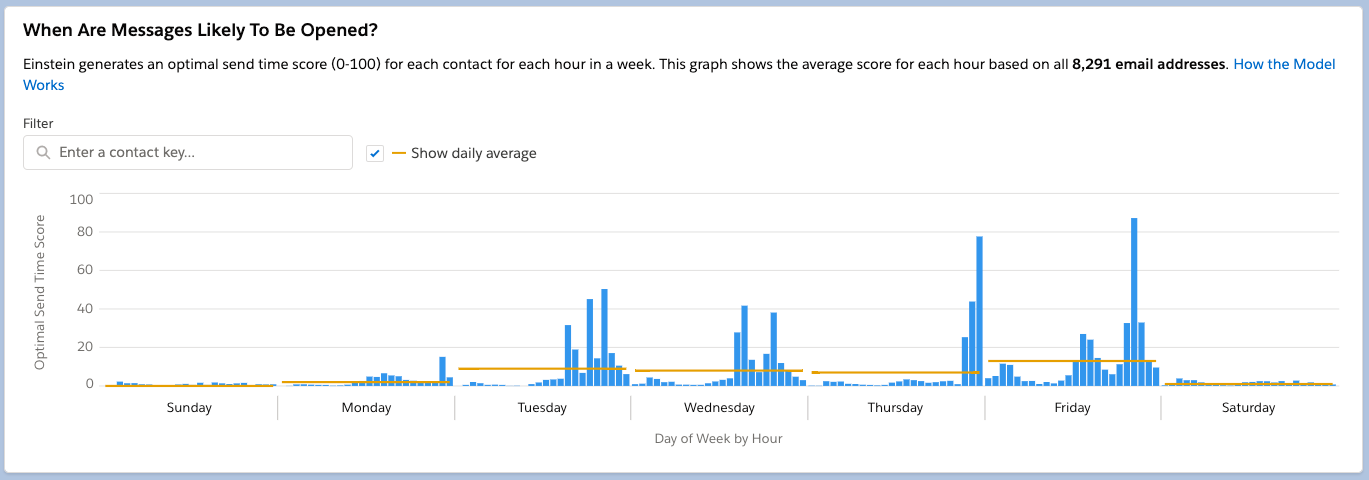
 Confidentiality, availability, and integrity of information are used to describe data security. It’s all about the policies and procedures businesses put in place to safeguard personal data against unauthorized access, data breaches, cyberattacks, and unintentional or deliberate data loss. Data security guarantees that data is accurate and trustworthy and that only authorized people can access it. Resilient data storage technologies, encryption solutions, data erasure, data masking, physical and logical access controls, breach response, and multi-factor authentication are all part of a data security plan.
Confidentiality, availability, and integrity of information are used to describe data security. It’s all about the policies and procedures businesses put in place to safeguard personal data against unauthorized access, data breaches, cyberattacks, and unintentional or deliberate data loss. Data security guarantees that data is accurate and trustworthy and that only authorized people can access it. Resilient data storage technologies, encryption solutions, data erasure, data masking, physical and logical access controls, breach response, and multi-factor authentication are all part of a data security plan. Although enterprise data security may be effective and reliable, the techniques used to collect, store, and share that data may be in violation of the privacy policy.
Although enterprise data security may be effective and reliable, the techniques used to collect, store, and share that data may be in violation of the privacy policy. Concerns about personal information and sensitive data and their loss can result in company disruption, considerable reputational harm, and regulatory fines. By implementing effective security measures and adhering to the accompanying privacy standards, businesses can avoid unplanned business interruptions.
Concerns about personal information and sensitive data and their loss can result in company disruption, considerable reputational harm, and regulatory fines. By implementing effective security measures and adhering to the accompanying privacy standards, businesses can avoid unplanned business interruptions.


 By automating your membership campaigns, you can scale your outreach efforts, engage prospects more effectively, and create a seamless experience for new and existing members. Consider automated journeys as a personalized roadmap that nurtures leads and converts them into active members/donors, enhancing your organization’s growth.
By automating your membership campaigns, you can scale your outreach efforts, engage prospects more effectively, and create a seamless experience for new and existing members. Consider automated journeys as a personalized roadmap that nurtures leads and converts them into active members/donors, enhancing your organization’s growth. Enhance your upcoming event registration process by streamlining promotion, personalizing communication, simplifying registration, and ensuring timely follow-ups. By leveraging automation, it will handle everything from initial event promotion to post-event follow-ups, providing a seamless experience for registrants and organizers alike.
Enhance your upcoming event registration process by streamlining promotion, personalizing communication, simplifying registration, and ensuring timely follow-ups. By leveraging automation, it will handle everything from initial event promotion to post-event follow-ups, providing a seamless experience for registrants and organizers alike.  One of the biggest things for sponsors is getting that personalized experience with associations. You can create tailored workflows to attract, engage, and retain sponsors for your events and initiatives. Embracing automation improves operational efficiency and helps build stronger relationships with sponsors, ultimately driving success in securing and managing that non-dues revenue channel.
One of the biggest things for sponsors is getting that personalized experience with associations. You can create tailored workflows to attract, engage, and retain sponsors for your events and initiatives. Embracing automation improves operational efficiency and helps build stronger relationships with sponsors, ultimately driving success in securing and managing that non-dues revenue channel. 



 Plain and simple, security is a non-negotiable. Any tech proposal should clearly outline how the technology will protect data and support security initiatives, particularly for customer-facing systems. Sanchez calls security “table stakes,” noting that it’s a must-have, especially with the rise in cyber threats. Additionally, ensure that the technology can grow with the organization’s evolving needs. “Does it grow with the business?” asks Yimam, who emphasized the need for adaptable, scalable tools.
Plain and simple, security is a non-negotiable. Any tech proposal should clearly outline how the technology will protect data and support security initiatives, particularly for customer-facing systems. Sanchez calls security “table stakes,” noting that it’s a must-have, especially with the rise in cyber threats. Additionally, ensure that the technology can grow with the organization’s evolving needs. “Does it grow with the business?” asks Yimam, who emphasized the need for adaptable, scalable tools. Tie your proposal to the organization’s goals and mission. A goal-setting framework like OKRs (Objectives and Key Results) can help you demonstrate how the new technology will drive mission-critical outcomes. Sanchez highlighted the importance of this alignment, explaining that OKRs are invaluable in linking tech investments to concrete, mission-driven results.
Tie your proposal to the organization’s goals and mission. A goal-setting framework like OKRs (Objectives and Key Results) can help you demonstrate how the new technology will drive mission-critical outcomes. Sanchez highlighted the importance of this alignment, explaining that OKRs are invaluable in linking tech investments to concrete, mission-driven results. You can’t, and shouldn’t, do all of the work yourself.
You can’t, and shouldn’t, do all of the work yourself. 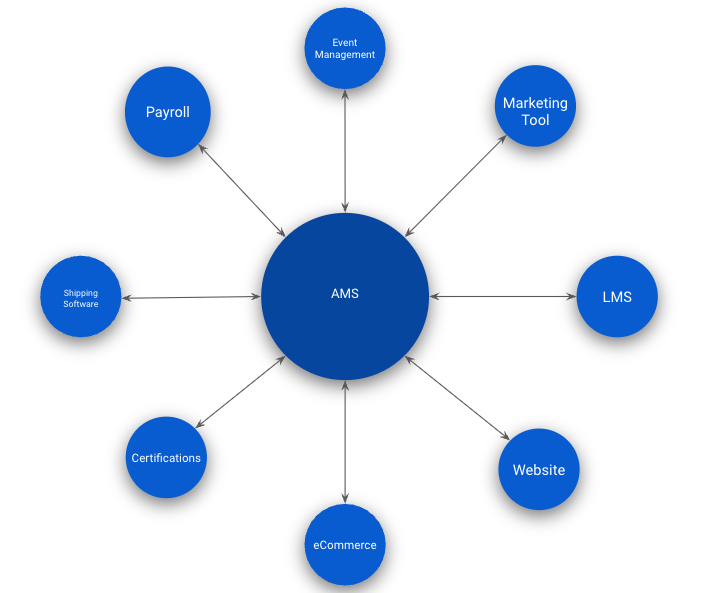


 The Building Blocks of Personalized Marketing
The Building Blocks of Personalized Marketing
 Clean, actionable, and unstructured data is the lifeblood of personalized marketing. Here’s why it matters:
Clean, actionable, and unstructured data is the lifeblood of personalized marketing. Here’s why it matters: Personalized marketing isn’t just about technology—it’s about understanding your audience and delivering value. By building a foundation with personas, identifying problems, creating use cases, mapping customer journeys, and tracking KPIs, you’ll be well on your way to marketing that resonates.
Personalized marketing isn’t just about technology—it’s about understanding your audience and delivering value. By building a foundation with personas, identifying problems, creating use cases, mapping customer journeys, and tracking KPIs, you’ll be well on your way to marketing that resonates.